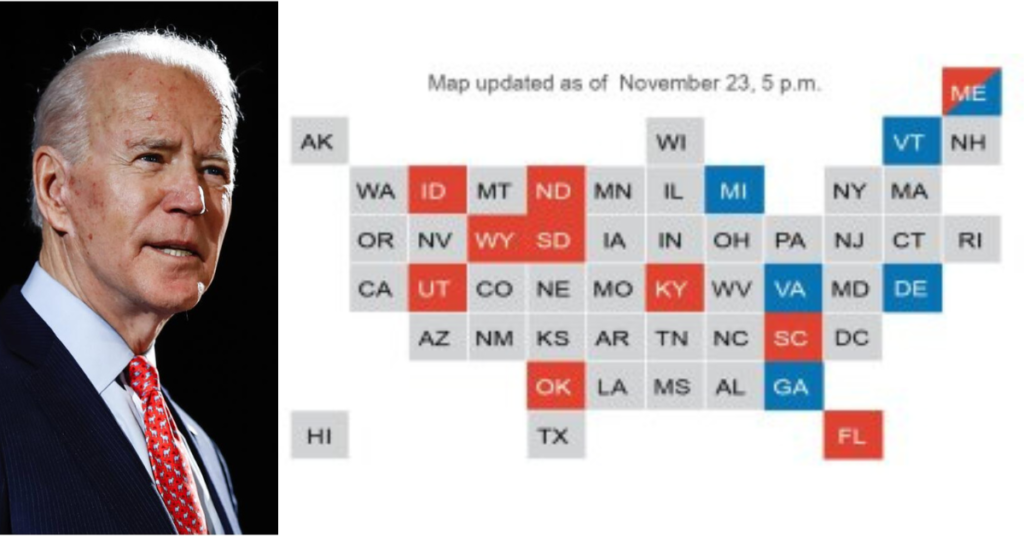
The Electoral College is a unique system used in the United States to elect the President and Vice President. It represents a compromise between the election by popular vote and the election of the President by Congress. Here’s a detailed explanation of the history of how it works.
Origins and Purpose
The Electoral College was established by the framers of the US Constitution in 1787. They feared that a direct popular vote might lead to the election of a demagogue, and they were concerned about democracy. The Electoral College was created to provide a buffer between the selection of the President and ensuring general population deliberation.
Structure of the Electoral College

The Electoral College consists of 538 electors, and the number of electors for each state is equal to the total number of its congressional delegation: the number of representatives varies depending on population and the number of senators is always two. Additionally, as provided by the 23rd Amendment, the District of Columbia is allocated three electors.
The Electoral Process
- Selection of Electors:
- Each political party chooses a group of electors, usually at state party conventions or by the party’s leadership.
- These voters have a deep connection with the presidential candidates.
- General Election Day:
- The first Tuesday after the first Monday in November is Election Day, when voters cast their ballots.
- “Winner-takes-all” is the system most states use. This means the candidate who wins the votes in that state gets all the electoral votes in that state.
- Meeting of Electors:
- Electors gather in their state capitals on the first Monday after the second Wednesday in December to cast their votes for President and Vice President.
- The votes are sent to the Vice President of the United States who is the President of the Senate.
- Counting of Votes:
- Congress meets in early January to count the electoral votes.
- A candidate needs at least 270 electoral votes out of 538 to win. The President of the Senate announces the results.
- What Happens if No One Wins:
- If no candidate gets a majority, the Senate chooses the Vice President, and the House of Representatives chooses the President. Each state gets one vote.
Advantages and Criticisms
Advantages:
- Federalism: The system supports the federal structure by involving states in the election process.
- Balance: It helps ensure smaller states are not ignored in the election process.
Criticisms:
- Disproportionality: This “winner-takes-all” method, as seen in the 2000 and 2016 elections, allows a candidate to win the presidency without winning the most votes nationwide.
- Swing States: Candidates ignore states with predictable results as candidates focus mostly on swing states where the outcome is uncertain.
- Faithless Electors: Often regulated by state laws, there is a possibility that voters may not vote according to their pledge, although this is rare.
History and Potential Reforms
Throughout history, there have been many suggestions to get rid of and change the Electoral College. Ideas include:
- Direct Popular Vote: The President is selected based on who gets the most votes across the country.
- Proportional Allocation: Dividing the electoral votes in each state in proportion to the popular vote.
- National Popular Vote Interstate Compact: An agreement where states pledge to give their electoral votes to the candidate who wins the national popular vote, but only if enough states join in.